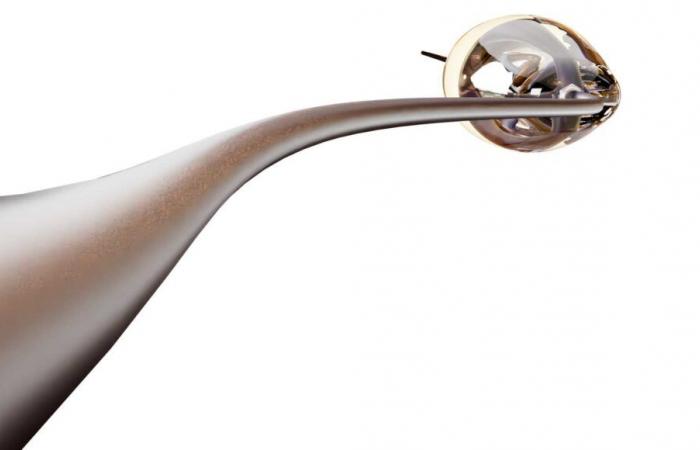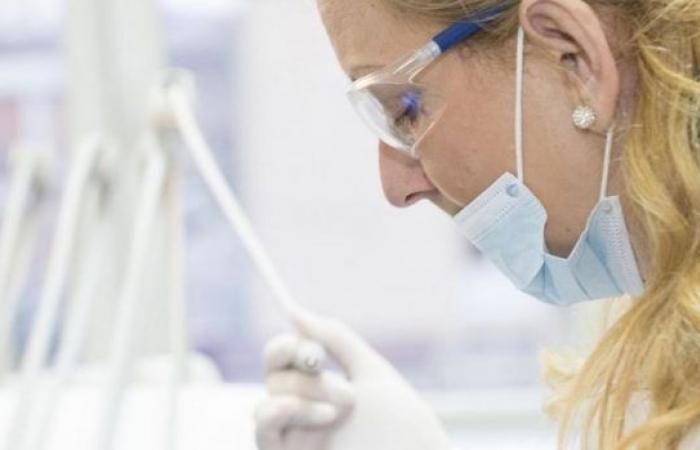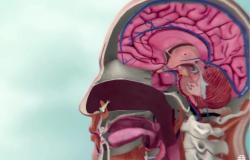Nitinol is a nickel and titanium alloy, discovered in US naval laboratories in 1962. It has a quality that seems to challenge the laws of physics: the ability to remember its original form after being deformed.
At the moment, That property is taking advantage of multiple ways. One of the fields in which it has had the greatest impact is that of medical implants. Nitinol offers safer, effective and less invasive solutions for millions of patients worldwide.
What is nitinol?
Nitinol is a nickel and titanium alloy that stands out for its ability to remember a certain way when heated. This property, known as “form memory”, allows the material to change to specific temperatures, which makes it an ideal option for medical applications. In addition to its memory in form, nitinol is biocompatible, which means that it is well tolerated by the human body, reducing the risk of rejection and complications. 
How memory works
The Nitinol form memory is based on changes in its crystalline structure. In low temperatures, nitinol can be molded in various forms. However, when heating at a specific temperature (called the transformation temperature), the material “remembers” its original form and returns to it. This phenomenon is due to the transformation of the crystalline structure between two phases: the martensitic phase, which is more flexible and can deform, and the austenitic phase, which is more rigid and stable.
MEMORY FORM
The true magic of nitinol occurs at the molecular level. At room temperature, this material is malleable and can be easily molded. However, when the body temperature reaches, its atoms are reorganized in a default crystalline structure. This makes The implant recovers the way doctors designed for him.
This phenomenon is known as “Marshansitic-Austenitic phase transition”. He has achieved important applications, such as the following.
Cardiovascular health
The nitinol stems have marked a before and then in the cardiovascular field. They are small tubular devices that are inserted into the arteries by catheters. Upon contact with hot blood, They expand automatically until they reach its optimal diameter. Thus, they maintain open arteries without the need for additional procedures.
Studies show that these smart stents They reduce postoperative complications by 40%.
Orthopedics and traumatology
Nitinol implants offer great advantages. They have special screws that can be inserted in its compact form and then expand to achieve optimal fixation. In addition, they apply a constant pressure that favors bone healing.
In the treatment of foot and ankle deformities, these implants have demonstrated Success rates 25% higher than conventional methods. They cause less postoperative pain and accelerate recovery.
Dentistry
Nitinol has changed the experience of patients who use brackets. Orthodontic arches manufactured with this alloy exert a more constant and soft force than traditional metals. This reduces discomfort and frequency of adjustment visits.
The ability to “remember” the desired form of the dental arch makes treatments more efficient. They shorten the time needed to achieve a perfect smile about 30%on average.
Advantages and limitations
Nitinol has exceptional biocompatibility. Therefore, it remains in the body without causing rejection or corrosion for decades. Superelalasticity allows you to deform up to 8% of its length and completely recover its shape. Perhaps the most important thing is that these implants reduce the need for repeated surgeries.
Nitinol is also revolutionizing the design of surgical instruments. It allows to elaborate tweezers that change shape when heated, so surgeons manage to access difficult areas with less invasion. Likewise, there are needles that are automatically straightened when the tissues penetrate, which improves precision in delicate procedures.
In spite of everything, nitinol also presents some difficulties. In its manufacture high precision and This makes it more expensive than traditional materials.
On the other hand, Although nickel allergies are unusual, it is necessary to consider that possibility In susceptible patients. However, advances in purification and special coatings are minimizing these inconveniences.

Perspectives
Nitinol research is advancing at an accelerated pace. Several scientists They are working on the development of biodegradable stentswhich disappear after fulfilling their function.
In some nanotechnology laboratories, nitinol microdispositive for controlled drug release is being developed. All this, along with 3D printing, will allow to create custom implants for each patientperfectly adapted to their anatomy.
As studies advance, one thing is clear: we are only at the beginning of what this extraordinary material can do for human health. In the next decades, Nitinol will continue to mold – literally – the future of medicine. This material will offer hope and better results for patients worldwide.
Recommended readings
Nitinol
Memory alloy selection








